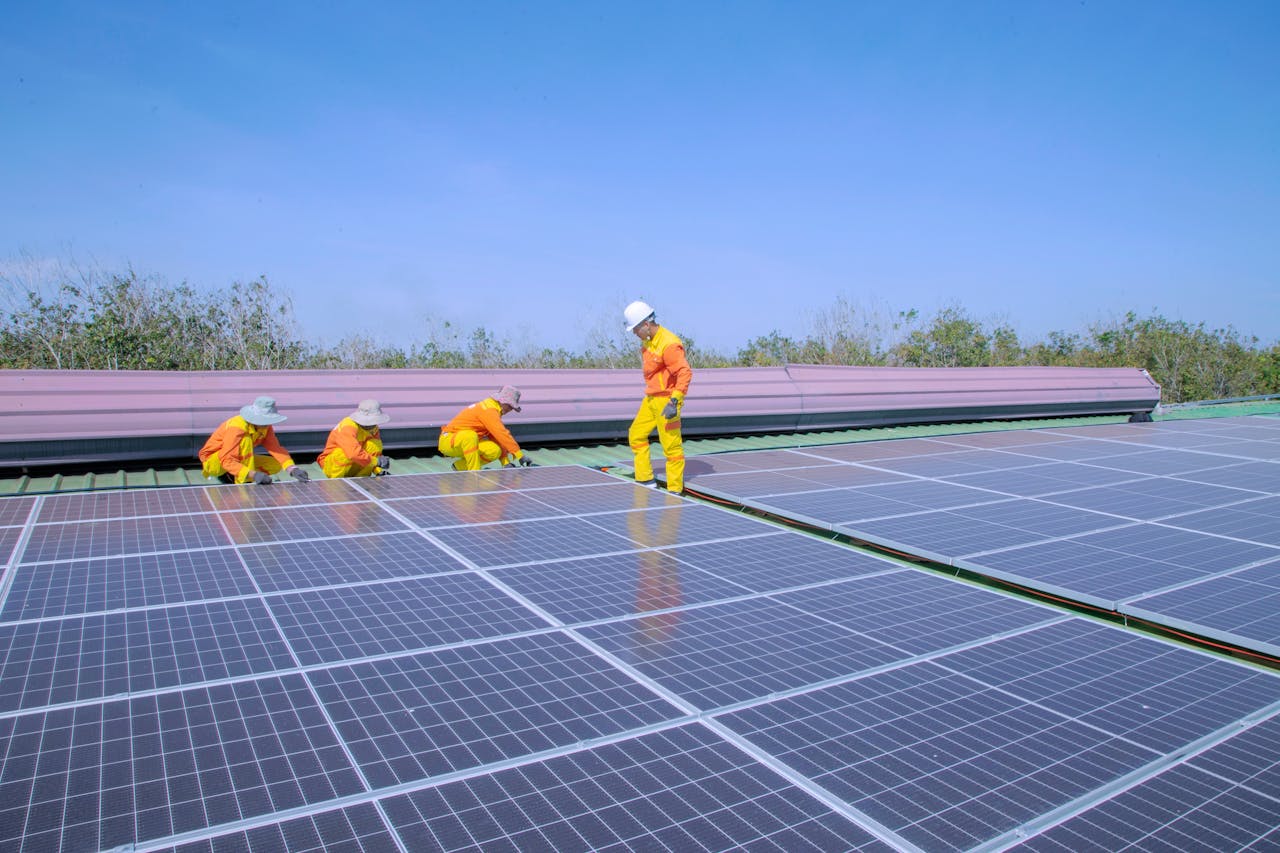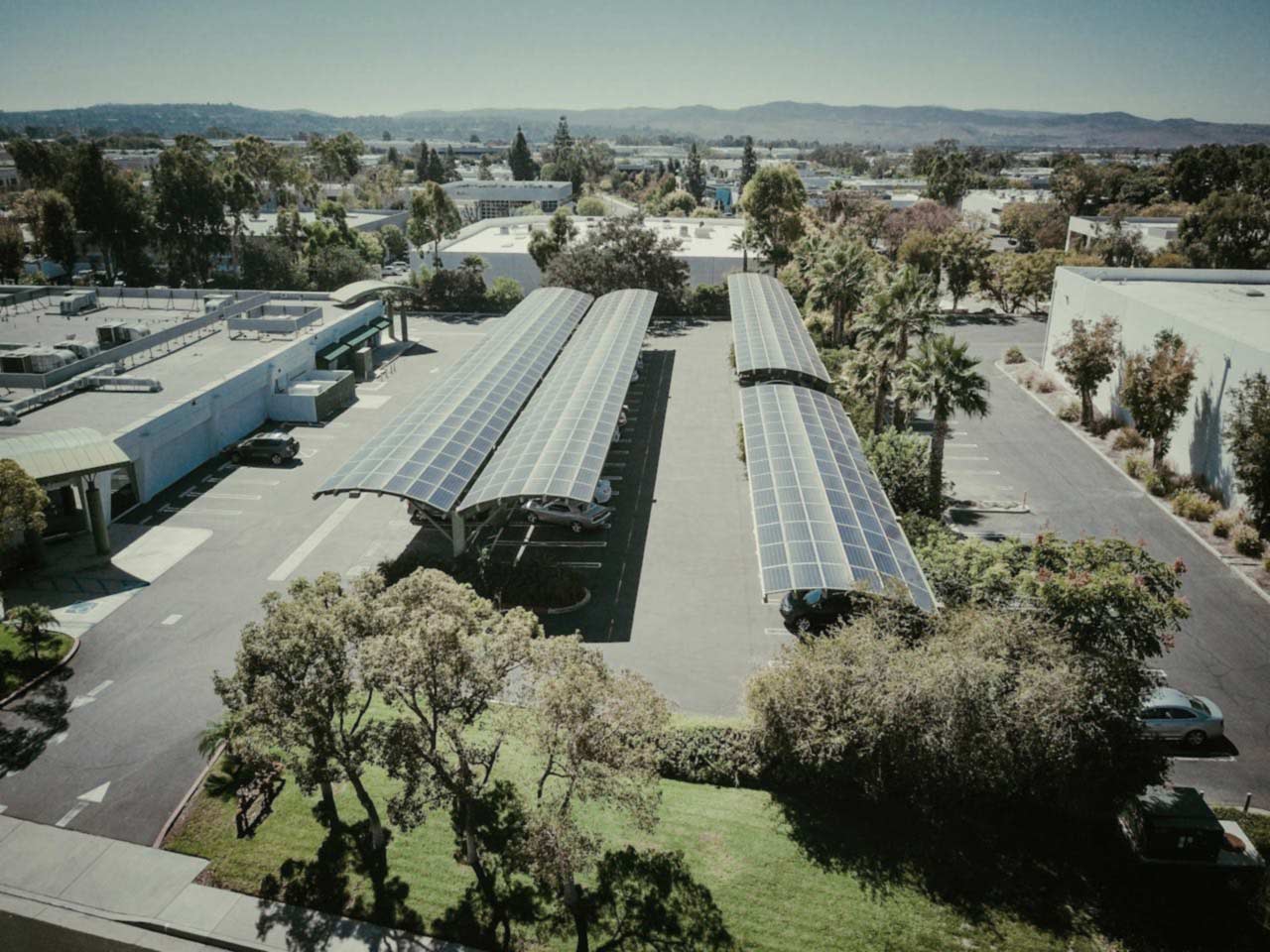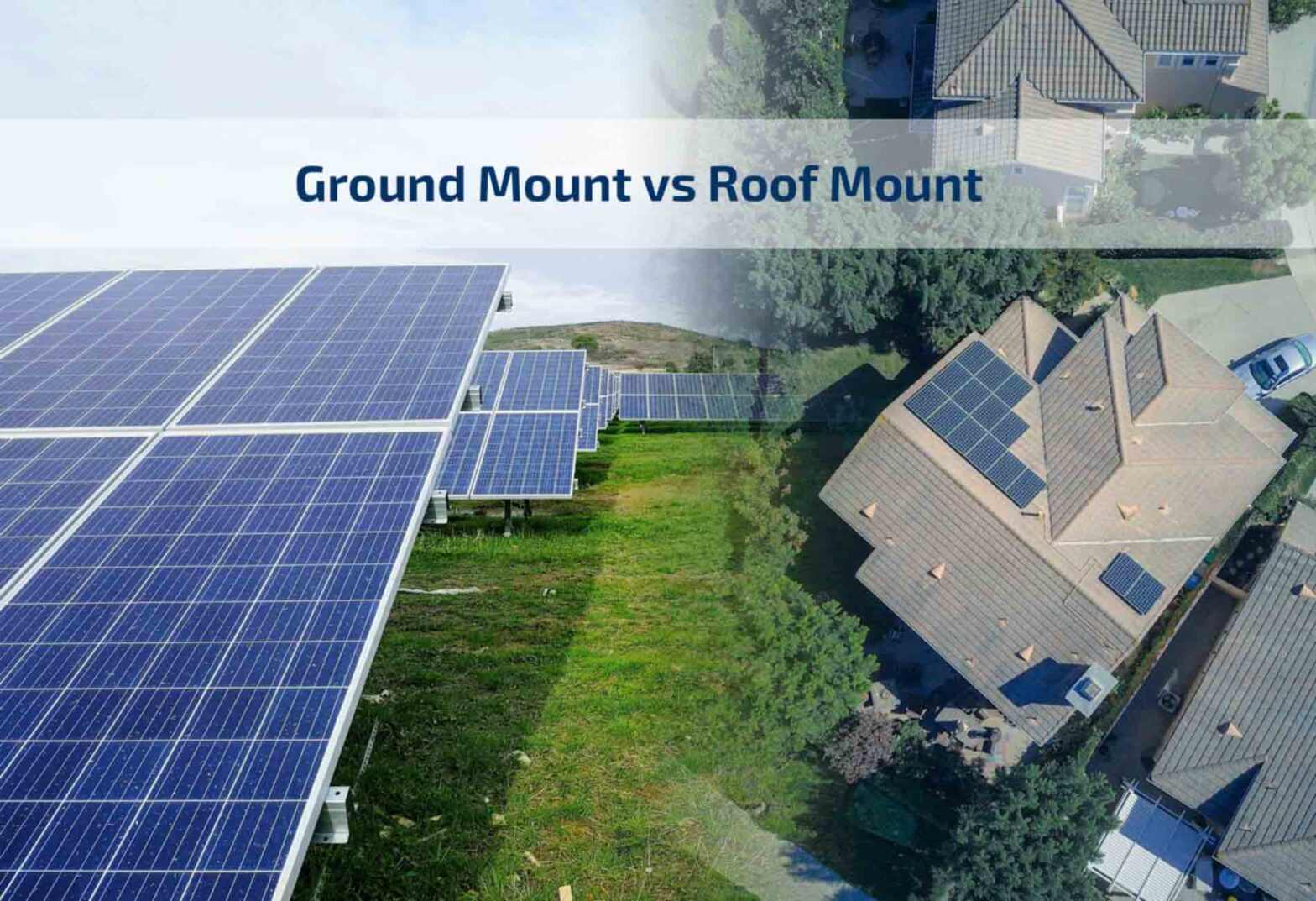The sun beats down on rooftops across India with remarkable intensity. What was once viewed as harsh and unrelenting is now seen as an extraordinary opportunity. With over 5,000 trillion kWh of solar energy falling on India’s land area annually, this abundant resource has transformed from a climate challenge into a financial advantage.
With the soaring electricity prices and inquisitiveness to go green, the solar system installation cost has become a critical consideration for businesses looking to cut operational costs and meet environmental goals.
This guide takes a comprehensive look at the economics, benefits, and other nuances of C&I rooftop PV projects in India. It contains all the necessary information to support your investment decision in this sector.
Also Read: Harnessing the Power of Your Roof With Solar
Understanding C&I Rooftop Solar Economics
The economics of commercial solar systems bring together initial expenses with future savings to create strong business opportunities through different financing models and incentive structures. The competitiveness of rooftop solar panel price creates more attractive economics for businesses that are investing in renewable energy systems.
Current Market Costs and Trends
The solar plant installation cost has seen a substantial drop in recent years. The average solar rooftop price in 2025 is estimated at ₹ 40,000 – ₹ 1,50,000 per kW.
Various factors determine the total solar rooftop system price..
- System Size: Bigger means cheaper per kW. Economy of scale, you can call it.
- Component Quality: Using premium panels, inverters, and mounting structures adds to your upfront costs but ensures better performance and longevity.
- Location: The cost to install varies by state due to logistics, labour rates, and regulations.
- Roof Type and Condition: Your roof’s structural properties can affect how easy or hard it is to install and the costs involved.
The table below breaks down the typical solar roof cost components for C&I installations.
|
Component |
Percentage of Total Cost |
Description |
| Solar Panels |
45-50% |
High-efficiency modules from tier-1 manufacturers |
| Inverters |
15-20% |
String inverters or central inverters, based on system size |
| Mounting Structures |
10-15% |
Engineered for roof type and local wind conditions |
| Balance of System |
10-15% |
Cables, junction boxes, and safety equipment |
| Installation & Labour |
10-15% |
Professional design and installation services |
Financing Options for C&I Solar Projects
Businesses pursuing solar energy have two main financing options with advantages tailored to their financial requirements and energy usage plans. The chosen models define both solar roof installation cost and operational accountability for system performance throughout its service lifespan.
Capital Expenditure (CAPEX) Model
• Full ownership of the solar system since day one
• Complete control over system design, equipment selection and operations
• Get up to 40% write-off on your first year of investment as depreciation benefits.
• Higher returns on investment (ROI of 15-20%) with payback periods of 3-5 years
• Good for businesses that have capital and long-term facility ownership
Operational Expenditure (OPEX) Model
• Zero upfront investment required
• Fixed per-unit electricity costs lower than grid tariffs
• System owned, installed and maintained by a third-party developer
• Predictable energy expenses for 15-25 years
• Ideal for businesses focused on core operations without technical expertise
Both models offer significant electricity cost savings, reduced carbon footprint, and enhanced brand reputation. The choice depends on your financial priorities, tax position, and long-term business strategy.
Also Read: Rooftop Solar: A Closer Look
ROI Analysis of Installing Rooftop Solar PV System
Solar investments deliver exceptional returns through electricity savings, tax benefits, and long-term asset appreciation, typically outperforming traditional investment options for businesses. When evaluating rooftop solar panels cost in India, businesses find that the initial investment is quickly offset by these substantial financial advantages.
Payback Period and Financial Returns
Most commercial installations usually pay back in 3 to 5 years. After that, electricity will be practically free for 20 more years. You can easily get an estimate of the overall performance and savings from our solar PV systems using the solar calculator. The factors influencing ROI involve electricity rates, solar power output, system performance, and financial benefits.
A 500 kW rooftop solar PV system in India can produce 7,50,000 units annually and reduce a lot on electricity costs. Businesses currently pay commercial electricity rates that fall between ₹6 and ₹15 per unit. So, you can save ₹45-112.5 lakhs in a year. Thus, the rooftop solar cost is totally worth it.
Tax Benefits and Incentives
The installation of C&I solar PV systems doesn’t receive direct subsidies, yet multiple financial opportunities exist.
- Accelerated Depreciation: Your business can utilise the accelerated depreciation system to claim 40% depreciation during the first year of CAPEX models, thereby decreasing substantial tax expenses.
- GST Benefits: You can take advantage of GST benefits because the government taxes solar equipment at 12% and provides an Input Tax Credit, while conventional power equipment faces an 18% tax rate.
- Net Metering: Through net metering, you can send surplus electricity to the power grid for credit generation, which maximises your power generation value.
- Renewable Energy Certificates (RECs): You can profit from extra income in energy markets through the sale of RECs.
Technical Considerations for Optimal Performance
Proper system design, quality components, and regular maintenance ensure maximum energy yield and system longevity, directly impacting financial performance and ROI.
System Design and Component Selection
The operational performance and service duration of C&I rooftop solar PV systems depend on the system design and component selection. The evaluation of solar rooftop cost requires you to examine these factors:
- Panel Technology: The most efficient choice for solar panels remains between monocrystalline and bifacial modules, although they tend to have higher initial financial investment.
- Inverter Selection: The selection depends on installation size, where string inverters work best for small systems and central inverters provide the best value for larger systems.
- Mounting Systems: For flat commercial roofs, fixed or ballasted mounting systems are generally used, while sloped roofs may need a penetrating system.
- Monitoring Systems: With advanced monitoring solutions, you can track performance in real-time and figure out issues quickly.
Also Read: Understanding Bifacial Solar Modules
Space Requirements and Structural Considerations
Commercial firms and industries need to evaluate their installation space before implementing solar power systems. Every 1 kW solar power system requires 100 square feet of rooftop area that remains without shadows. Thus, to install a 100 kW system, you need approximately 10,000 square feet of rooftop space.
Before starting the installation process, you must perform:
- Structural Assessment: Ensure that the roof will be able to bear the weight of the solar PV system.
- Shading Analysis: This is to check for obstructions that could reduce the performance of the system.
- Orientation and Tilt Optimisation: Figure out where to place the panels for the most energy production possible.
Frequently Asked Questions (FAQs)
How to maintain C&I rooftop solar PV systems in various climate zones of India?
It’s important to do the solar panel maintenance yearly at the end of fall or the start of winter. This frequency also depends on environmental conditions since areas with heavy dust or pollen require cleaning every three months.
You can expect yearly expenses between ₹300-500 per kW. This cost will be higher if your location is more polluted. Comprehensive contracts include quarterly electrical inspections, annual infrared hotspot detection, and inverter servicing.
What is the installation process, and how soon can I benefit from solar power?
Installation consists of site assessment, design, permitting, and implementation. You can see savings from 2-4 months of installation, depending on the size of the project.
Which type of solar panel is best for commercial and industrial use?
For C&I purposes, high-efficiency panels like monocrystalline or bifacial modules are an ideal choice. Though their solar roof price is a bit expensive, they produce more energy and are more dependable than lower-efficiency panels. They make better use of space and optimise returns over their life cycle.
To Sum Up
The C&I rooftop solar system has numerous financial and environmental benefits. Now, with the decreasing rooftop solar system price and advancements in technology, this is the most opportune time to invest in this renewable energy resource.
Connect with Enerparc today for a customised solar solution that maximises your ROI and helps you achieve energy independence.






